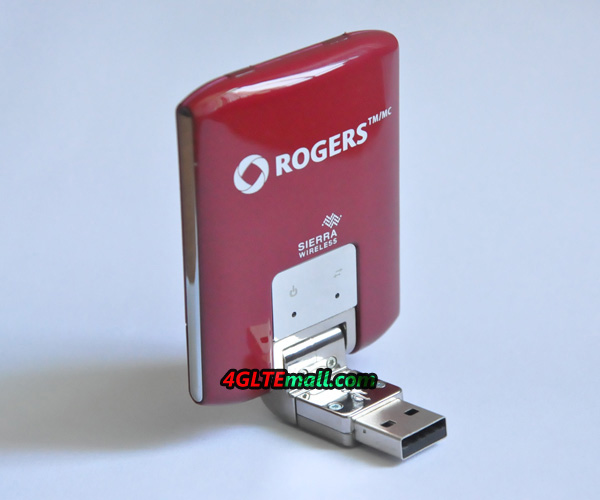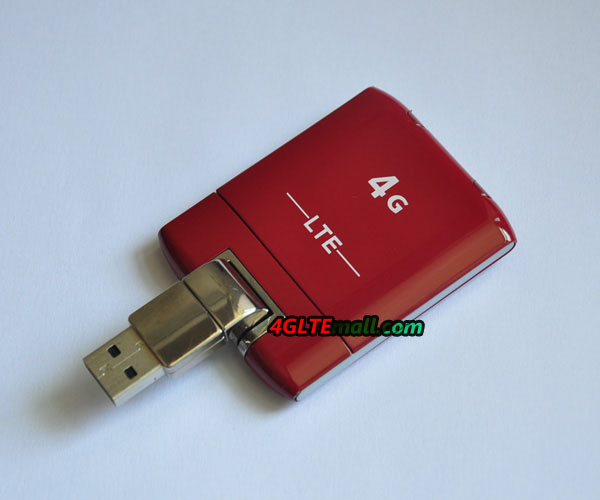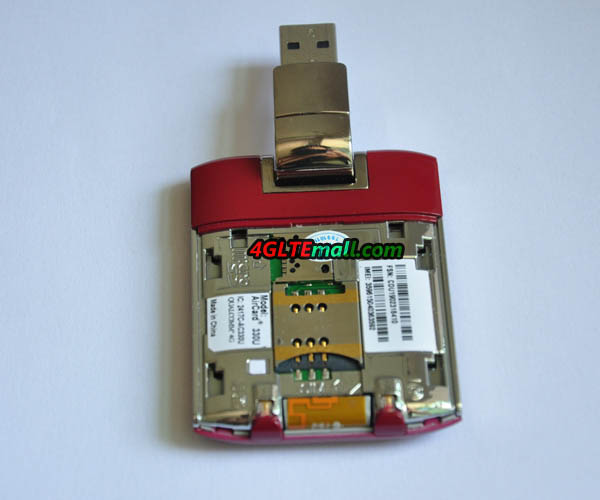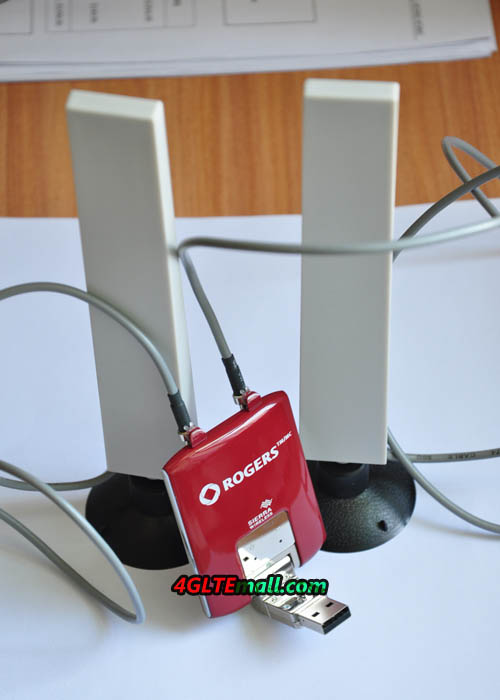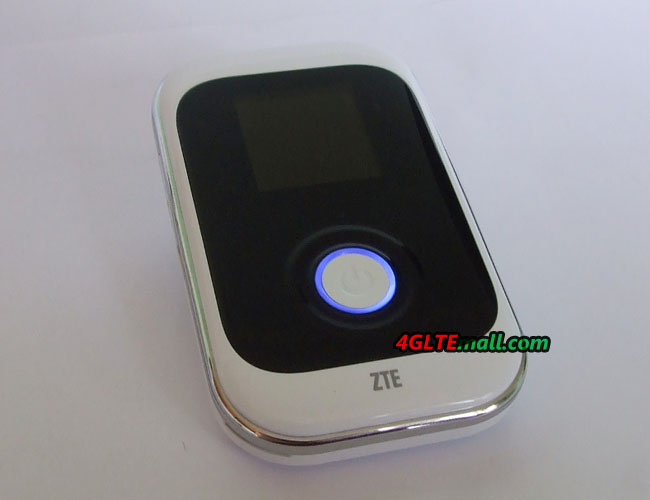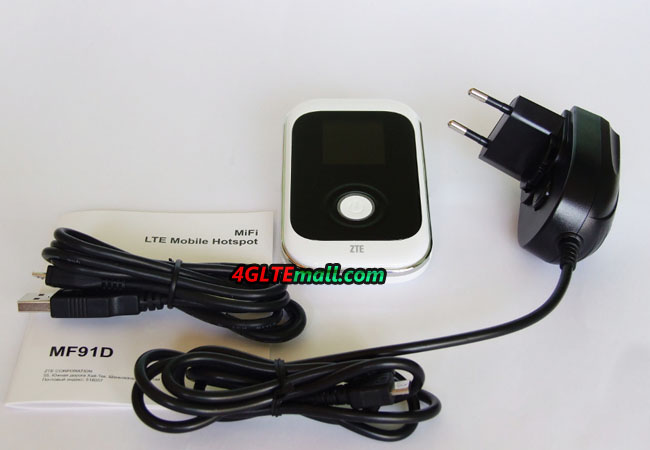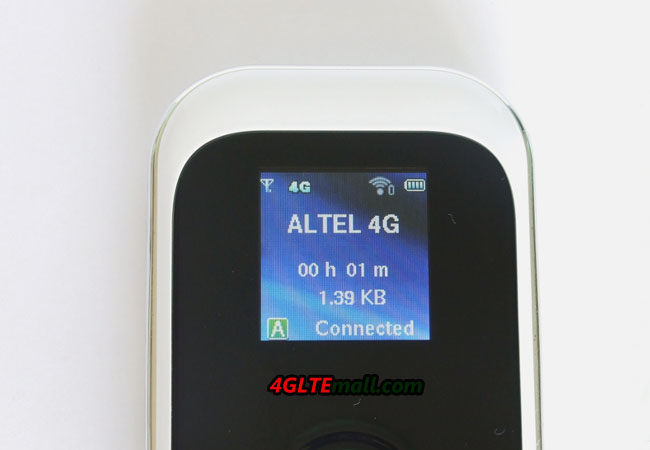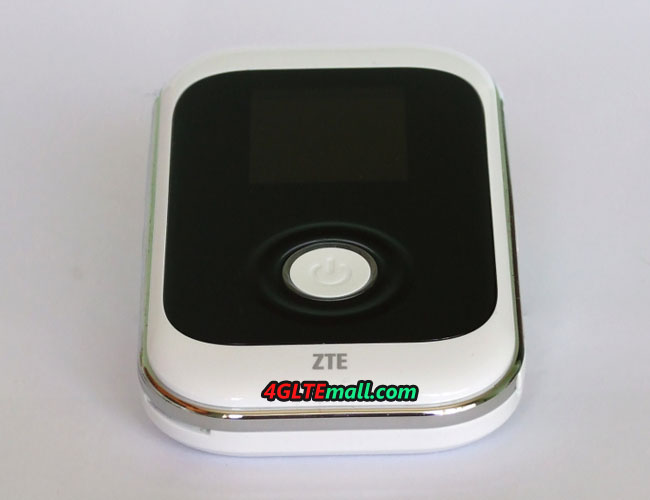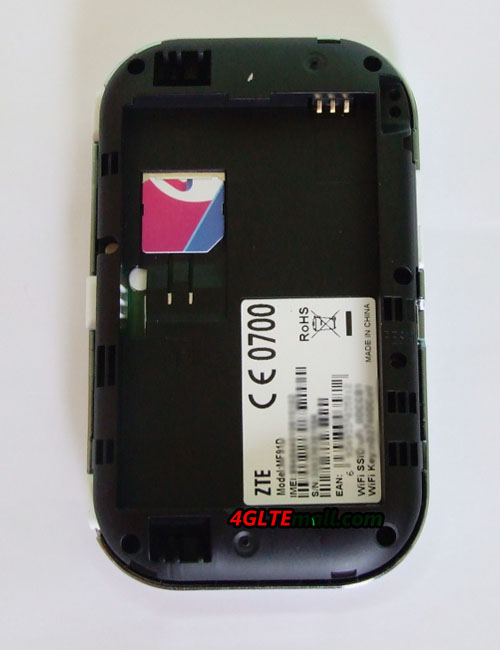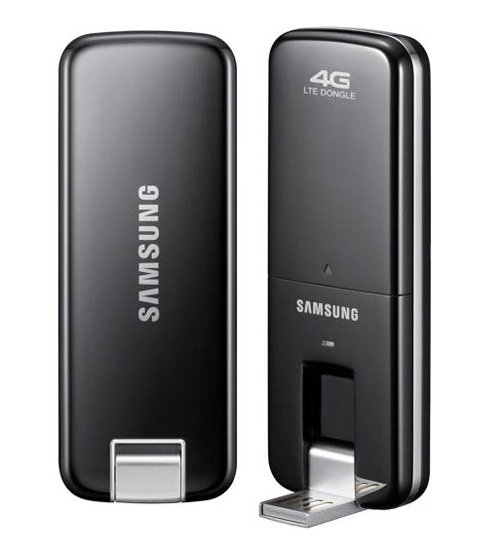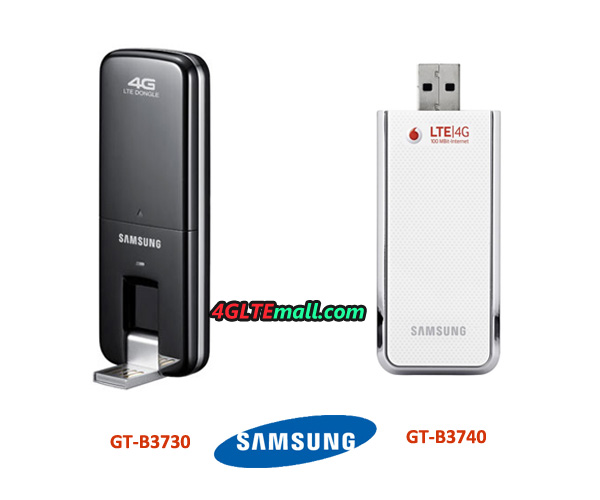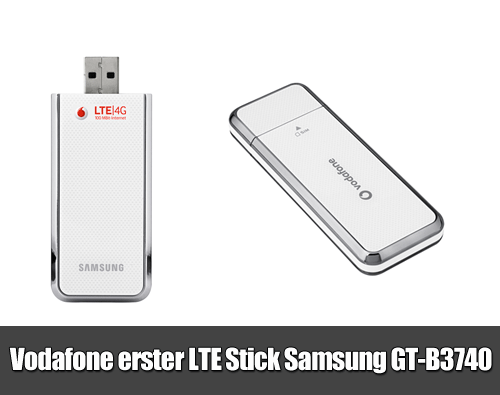The band 2 is officially called the PCS (Personal Communication Service) band, and is often referred to as 1900MHz. The PCS band at FDD LTE 60 MHz(1850-1910 and 1930-1990 MHz) is subdivided into six sub-bands, each of which can be used by a different company in each area.
The main advantage of running a mobile phone system in the PCS band is that there is more available spectrum there, so the licenses are easier and cheaper to obtain. The introduction of the PCS band also helped relieve some of the congestion that the 800MHz Cellular systems were experiencing.
The main disadvantage of PCS systems is that they generally do not have as thorough in-building coverage (and coverage in general) as Cellular (800MHz) systems. There are two causes for this: First, PCS operators have not been in business as long as cellular operators and may not have had enough time to fully build out their networks (build and install base station sites). Additionally, 1900MHz signals have a shorter wavelength than 800MHz signals, which means that they will not travel as far through open air and will not penetrate building materials as well as 800MHz signals do. However, with a properly engineered 1900MHz system (i.e. one with enough base stations placed in good locations), coverage can be as good as or better than 800MHz systems. This PCS coverage catch-up has not occurred yet in many US markets, but most PCS service providers are still actively improving their networks. In some areas, some PCS services can have extremely poor coverage, so buyer beware. However, in other places (usually beginning in larger cities and gradually spreading to smaller cities and rural areas), PCS systems work very well.
Some wireless providers in the USA that use the 1900MHz PCS band in at least part of their network include:
- Sprint PCS (1900MHz CDMA)
- T-Mobile (1900MHz GSM)
- LEAP Wireless/Cricket Communications (1900MHz CDMA)
- Airlink PCS (1900MHz GSM)
- AT&T Wireless (1900MHz TDMA, 1900MHz GSM, 800MHz TDMA, and 800MHz GSM)
- Verizon Wireless (1900MHz CDMA, 800MHz CDMA)
- And others…
Operators
- Dominicana, Tricom, 2013.03
- USA, C Spire, tbc
- USA, Sprint
- Venezuela, Movistar, plans by 2012.09
UE
Motorola Photon 4G LTE, 2012.08
Chipsets:
Qualcomm MSM8960 ..2013.02
